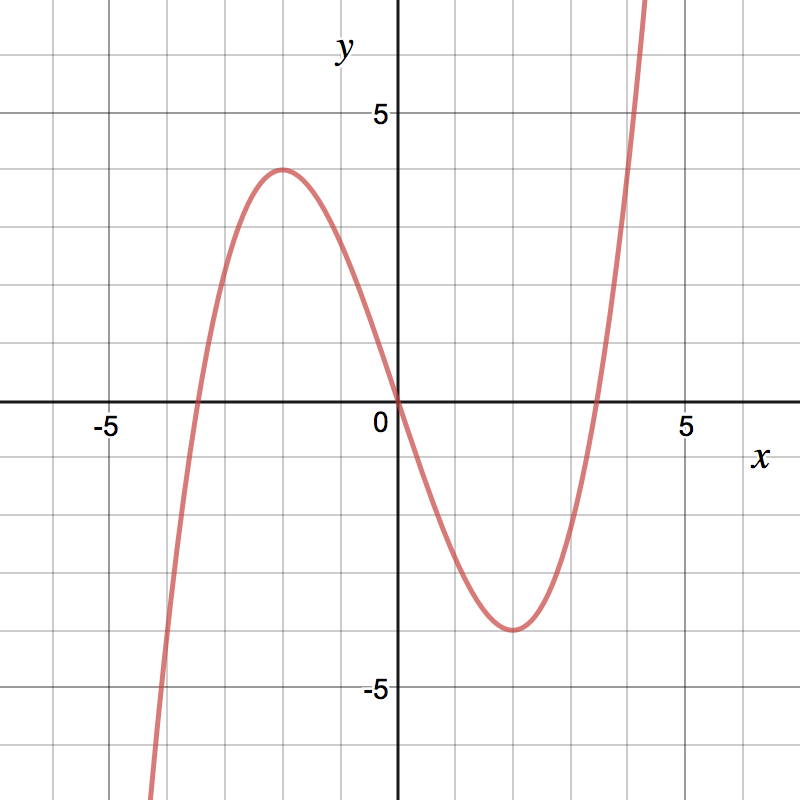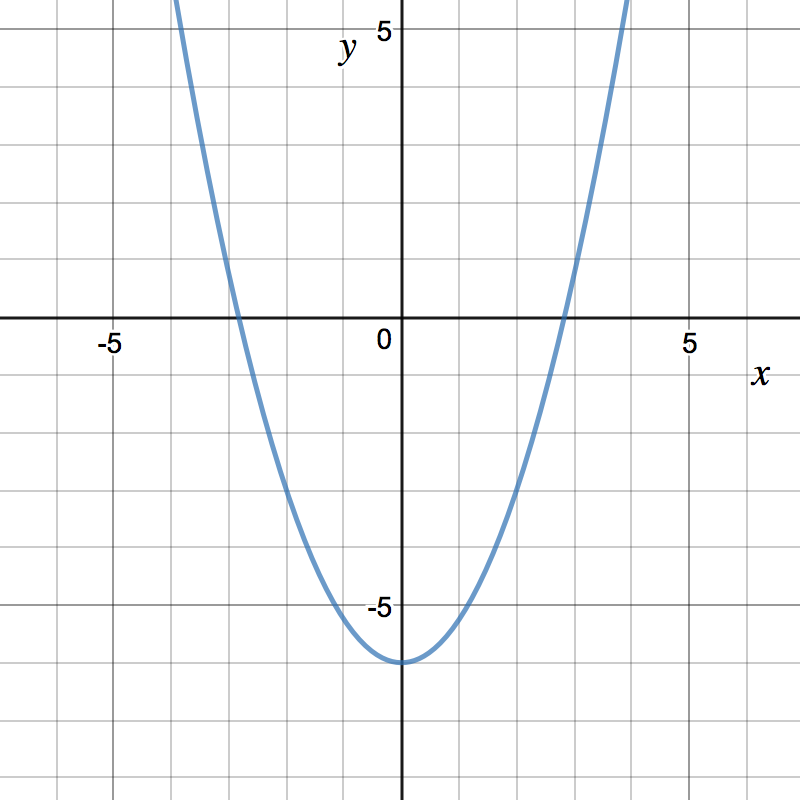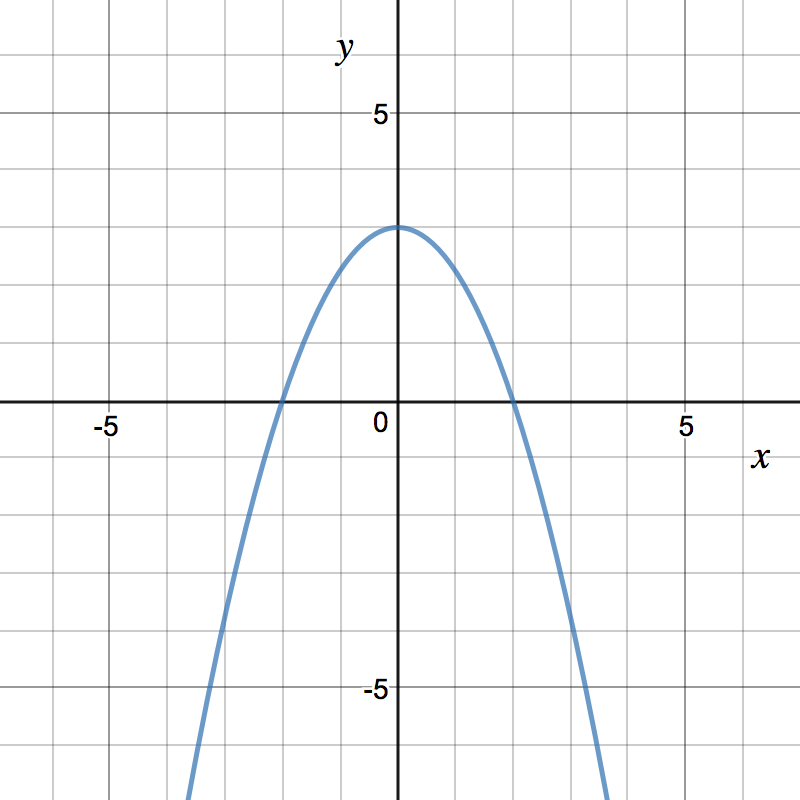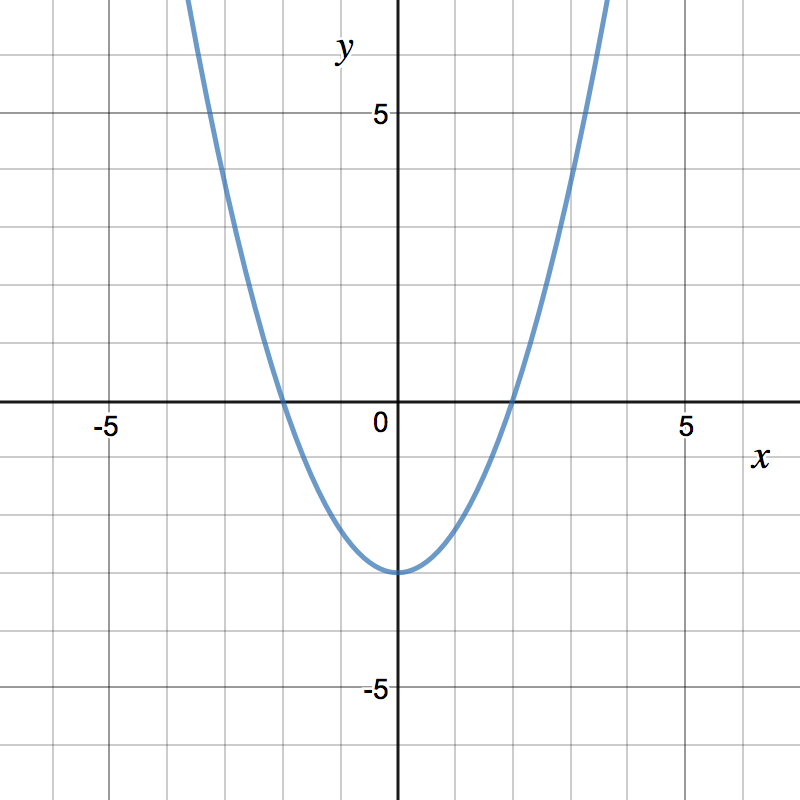Recap Video
Take a look at the following video which recaps the ideas from the section.
_
Example Video
Below is a video showing a worked example.
Problems
In the previous problem, the domain of was:
All real values of . All with
. All with .
We found a derivative of . The domain of is: All real values of . All with .
All with .
In particular, does not exist. If we go to the limit definition of the derivative
with , we would get (in the second to last step):
Since the graph of is only defined for , we need , so in reality we
have
What does this tell you about the slopes of the secant lines as the point gets
closer to ? They are getting closer to . They are getting really big. They
are approaching .
This means the lines themselves are: getting more vertical getting more
horizontal. getting closer to slope .
The derivative can tell us useful information about a graph. For example, if ,
then we know the tangent line to the graph of at is horizontalvertical
. We also know that if , then the tangent line to the graph of at has positivenegativezero
slope. Similarly, if , then the tangent line to the graph of at has positivenegativezero
slope.



